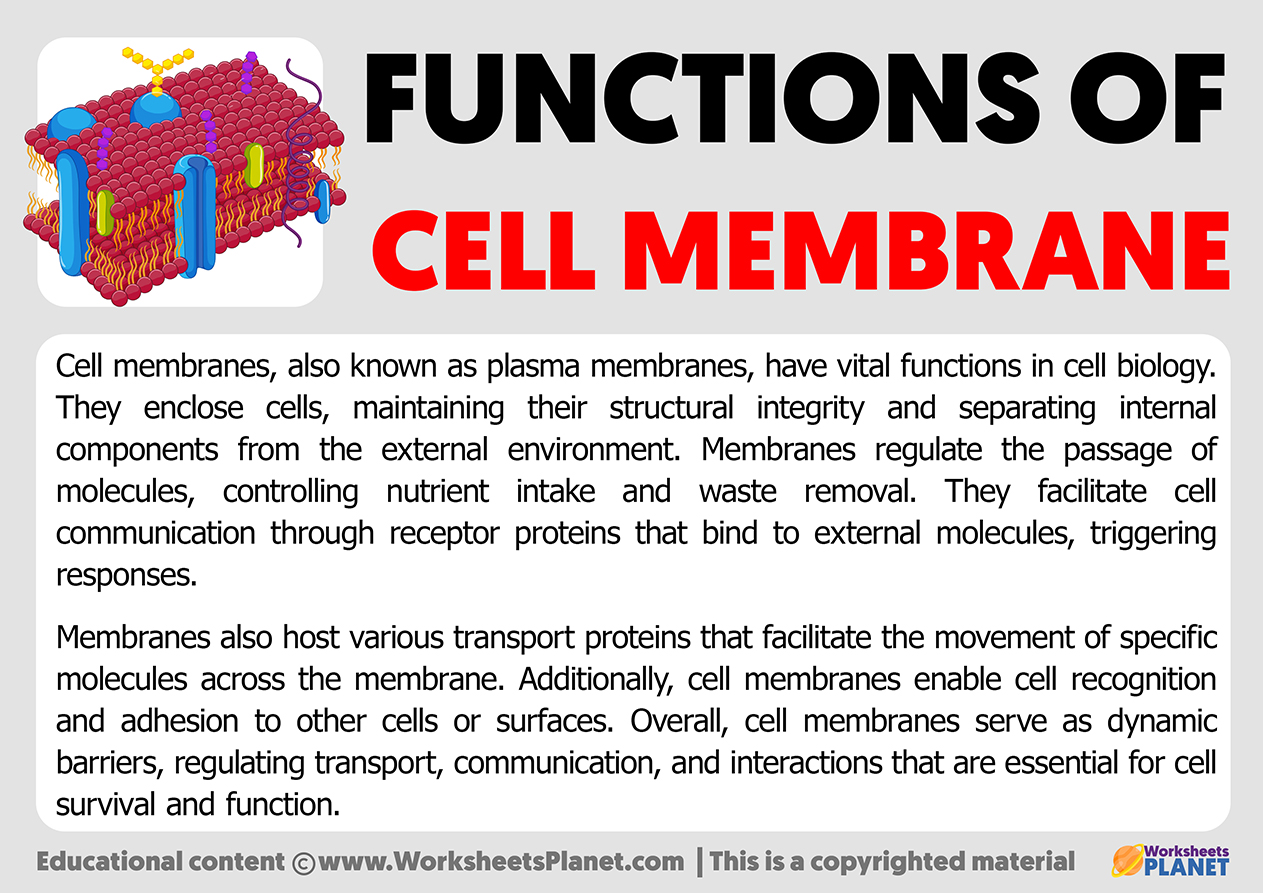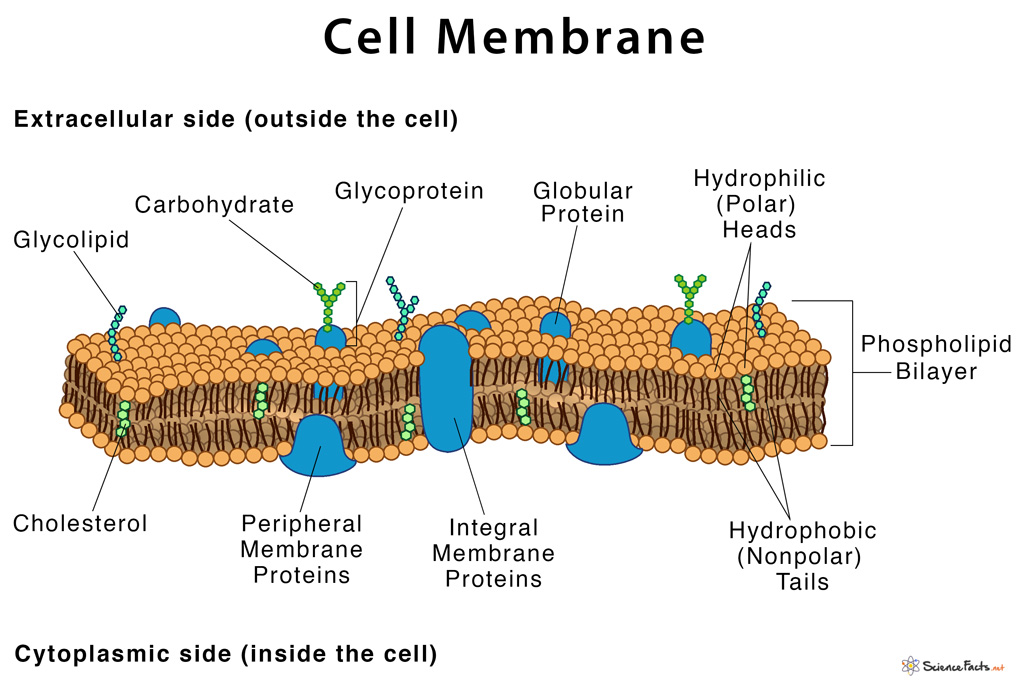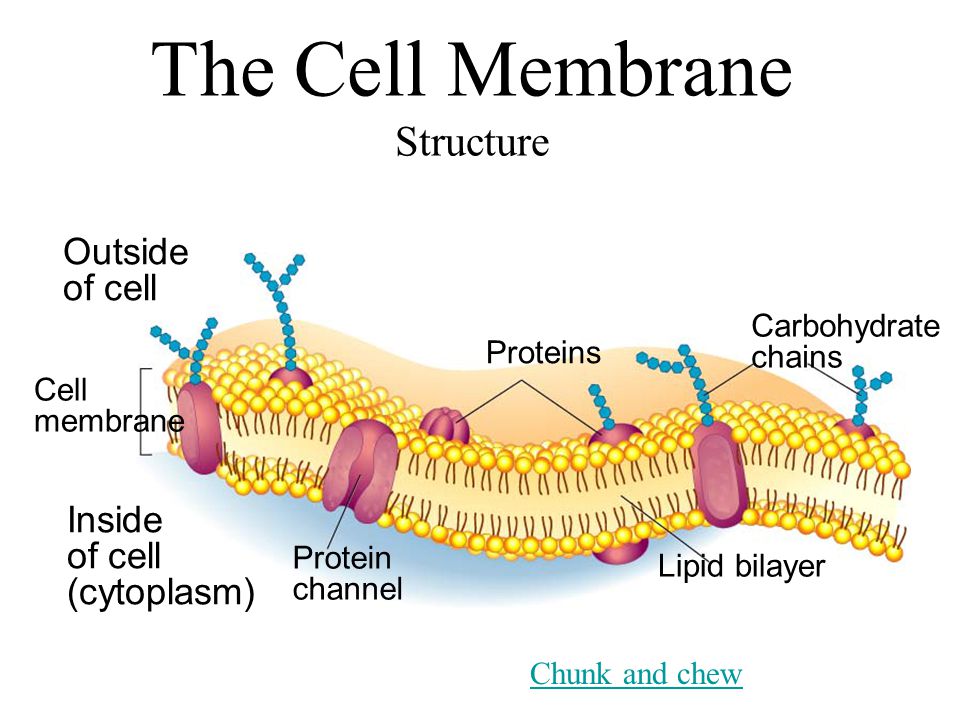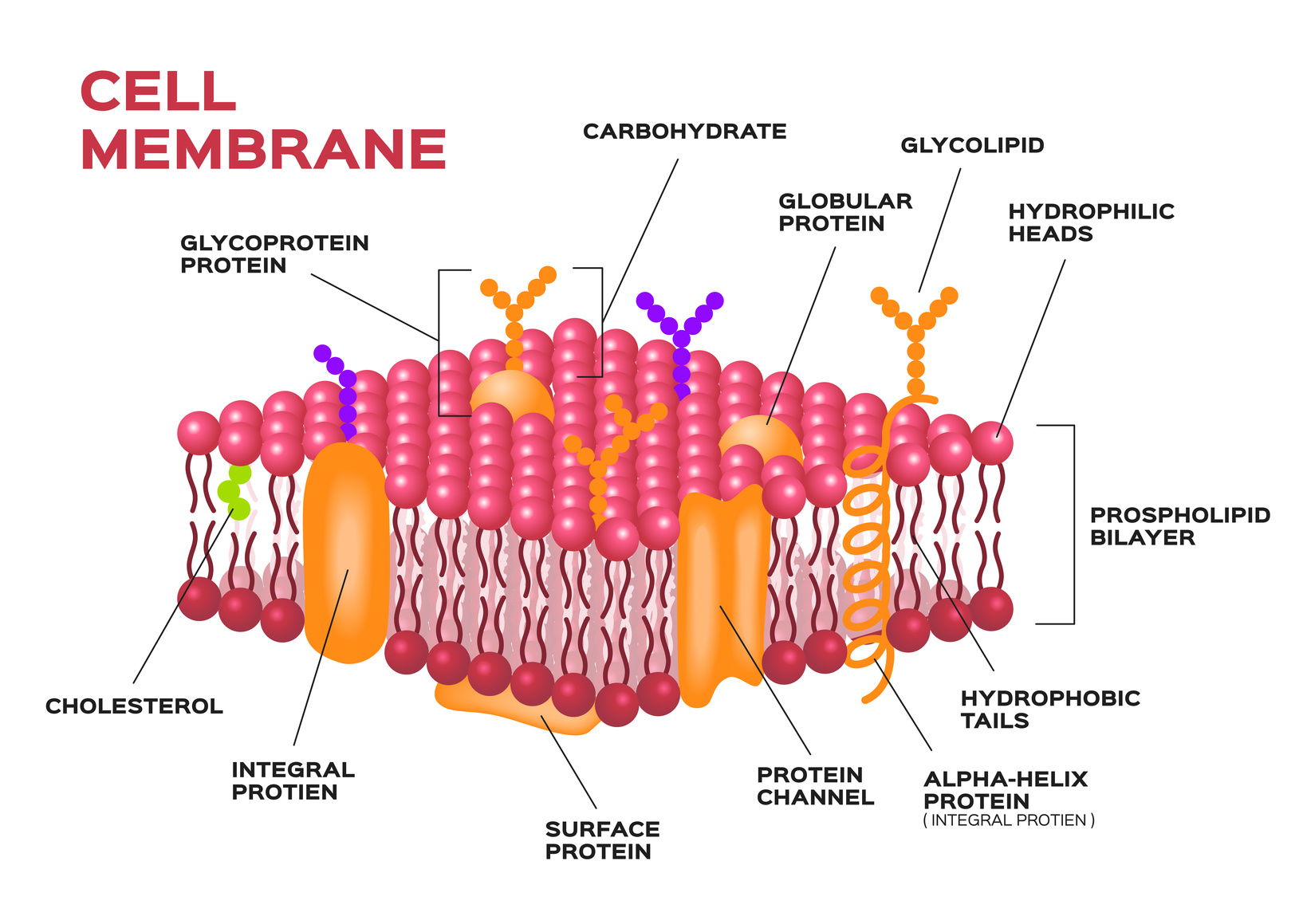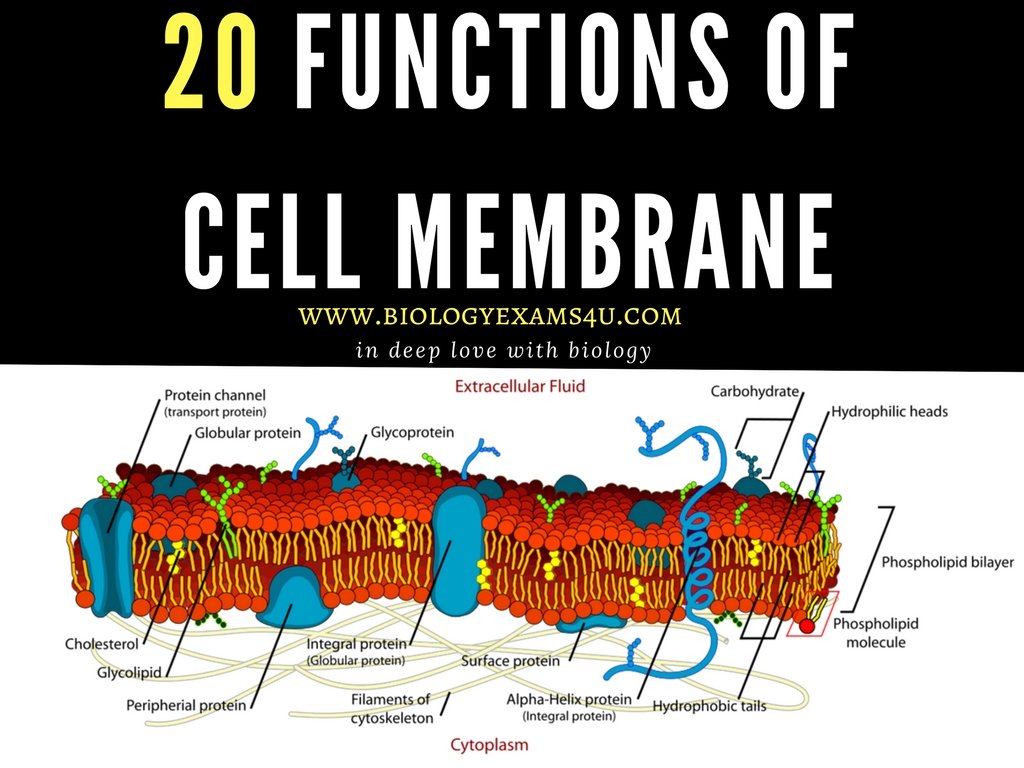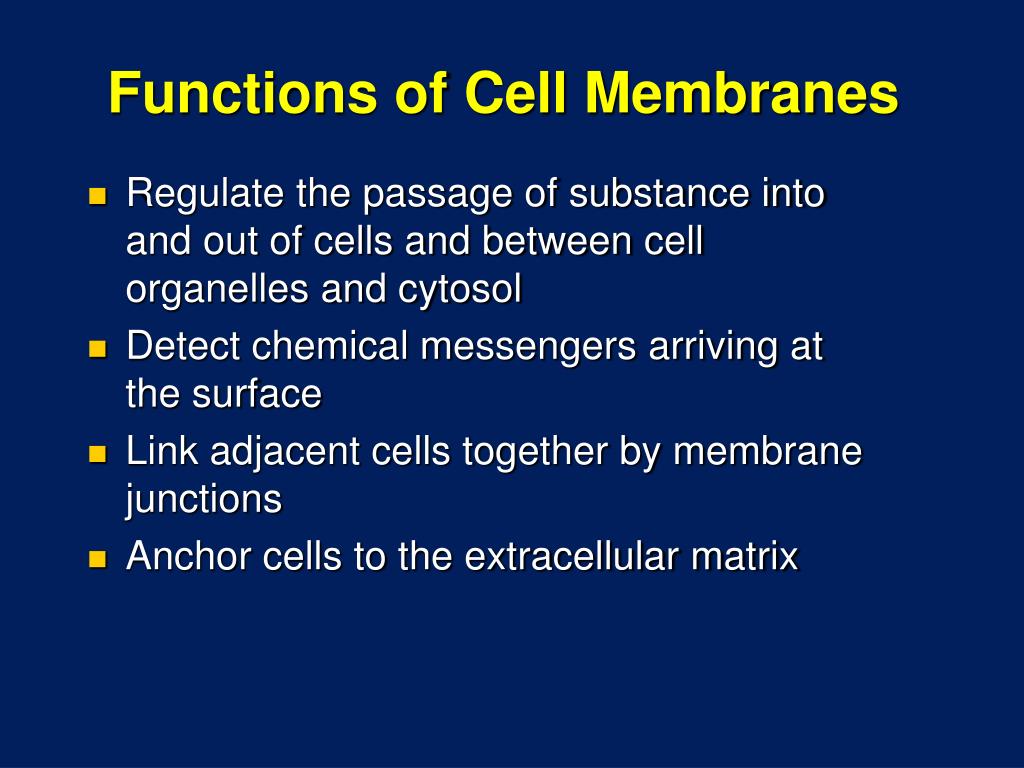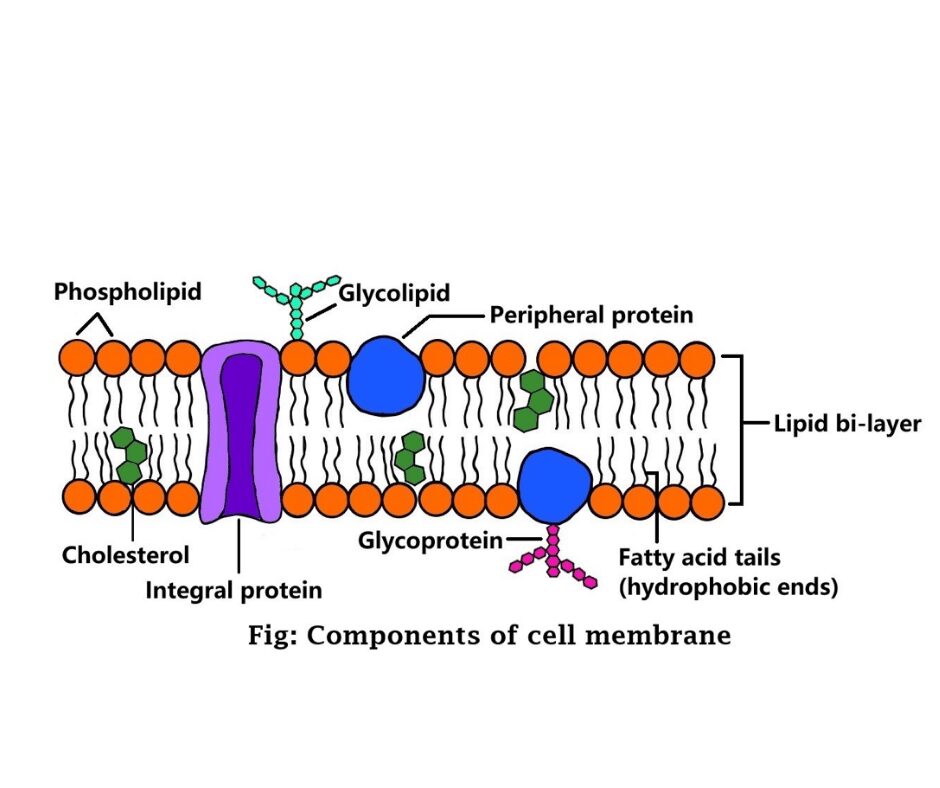The Primary Function Of The Cell Membrane Is
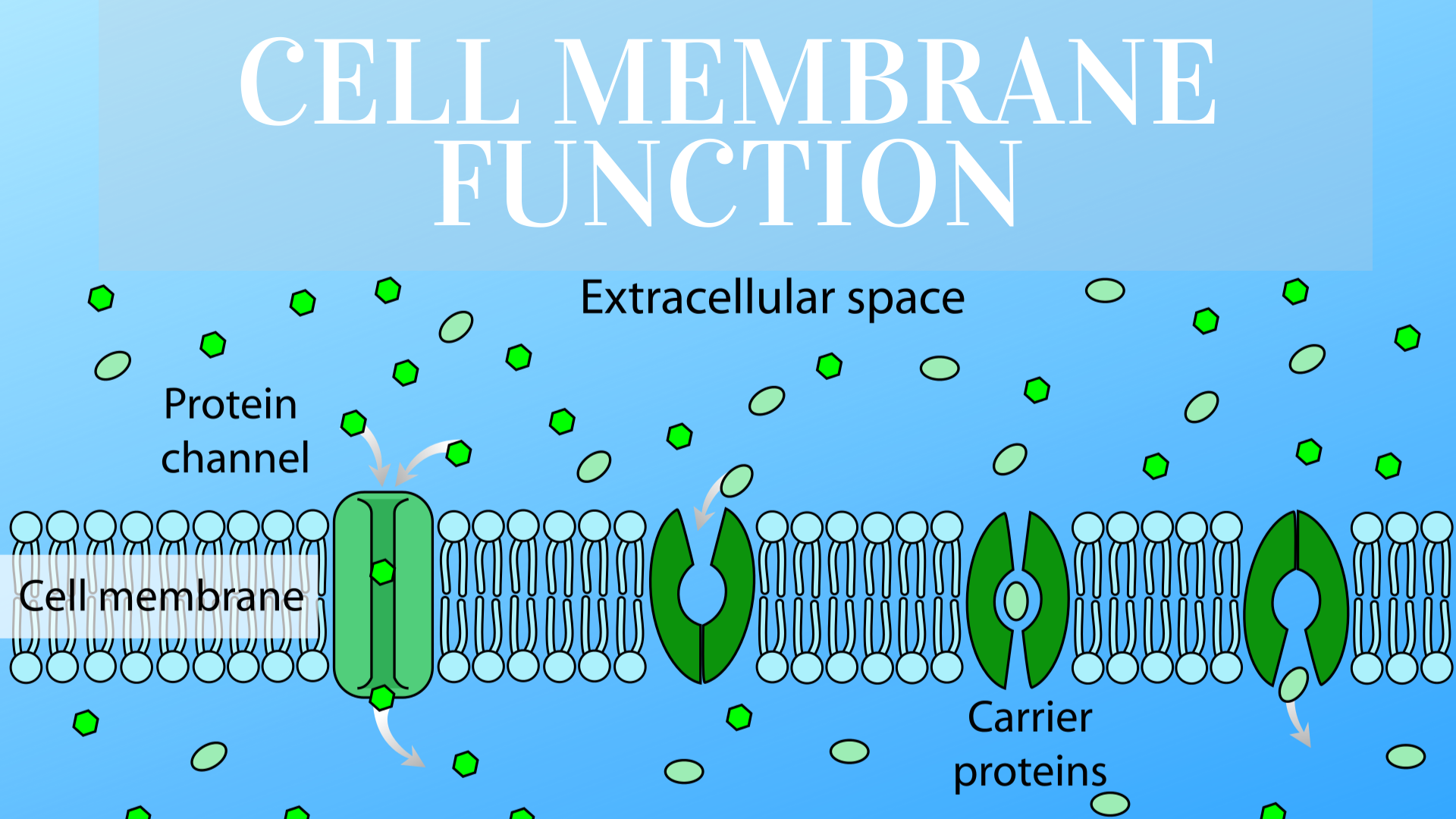
The cell membrane, a microscopic marvel, is the gatekeeper of life, controlling what enters and exits every cell in our bodies. Understanding its primary function unlocks fundamental insights into how organisms function, from the simplest bacteria to the most complex human beings.
The cell membrane's primary function is to act as a selective barrier. This allows it to protect the cell's internal environment while also facilitating essential communication and transport processes.
Selective Permeability: The Key Function
The defining characteristic of the cell membrane is its selective permeability. This intricate process regulates the passage of substances in and out of the cell. It prevents harmful substances from entering while ensuring that essential nutrients and molecules gain access.
This selective nature relies on the membrane's unique structure: a phospholipid bilayer. Phospholipids have a hydrophilic (water-loving) head and hydrophobic (water-fearing) tails.
Arranged in a double layer, the hydrophobic tails face inward, creating a barrier to water-soluble substances, while the hydrophilic heads face outward, interacting with the aqueous environment both inside and outside the cell.
Controlling the Cellular Environment
The cell membrane diligently controls the intracellular environment. It ensures that the cell maintains optimal conditions for its metabolic processes.
This includes regulating ion concentrations, pH levels, and the availability of nutrients. Failure to maintain these conditions can lead to cellular dysfunction or death.
Proteins embedded within the phospholipid bilayer further enhance the membrane's selective permeability. These proteins act as channels, carriers, or pumps, facilitating the transport of specific molecules across the membrane.
Transport Mechanisms: Moving Molecules Across
Several transport mechanisms contribute to the cell membrane's function. They ensure that molecules move effectively across the barrier.
Passive transport, like diffusion and osmosis, requires no energy input from the cell. Substances move down their concentration gradient, from an area of high concentration to an area of low concentration.
Active transport, on the other hand, requires energy, typically in the form of ATP. This allows the cell to move substances against their concentration gradient.
Endocytosis and exocytosis are bulk transport mechanisms. These are used to move large molecules or even entire cells across the membrane.
"The cell membrane is not just a passive barrier; it is an active participant in cellular life," says Dr. Eleanor Vance, a leading cell biologist at the National Institutes of Health. "Its ability to selectively control the movement of substances is crucial for maintaining cellular homeostasis and enabling essential cellular processes."
Importance and Impact on Society
Understanding the primary function of the cell membrane has significant implications for medicine and biotechnology. It allows for the development of novel drug delivery systems.
Researchers are designing nanoparticles that can penetrate cell membranes. These deliver targeted therapies to specific cells or tissues.
Furthermore, knowledge of membrane transport mechanisms helps in understanding diseases like cystic fibrosis. This condition involves a defect in a membrane protein that transports chloride ions.
Studying the cell membrane also enhances our understanding of cellular signaling. This helps to better understand the communication between cells. This has impacts on numerous areas of biology and medicine, from cancer research to immunology.
The National Science Foundation (NSF) has awarded numerous grants to researchers studying cell membrane function. These grants aim to further our knowledge of this essential biological component.
The ongoing research promises to yield even greater insights into the complexities of cellular life. They could potentially lead to innovative therapies for a wide range of diseases.
Beyond medicine, understanding cell membranes has applications in biofuel production and environmental remediation. Researchers can engineer membranes to improve the efficiency of biofuel production.
This is also used to design membranes that can selectively remove pollutants from water or soil.
Conclusion
The cell membrane, with its primary function as a selective barrier, is essential for life. Its intricate structure and diverse transport mechanisms ensure cellular survival and enable complex biological processes.
Continued research into this fundamental component of cells holds tremendous promise for advancing medicine, biotechnology, and our understanding of the world around us. The cell membrane stands as a testament to the elegance and complexity of life at the microscopic level.

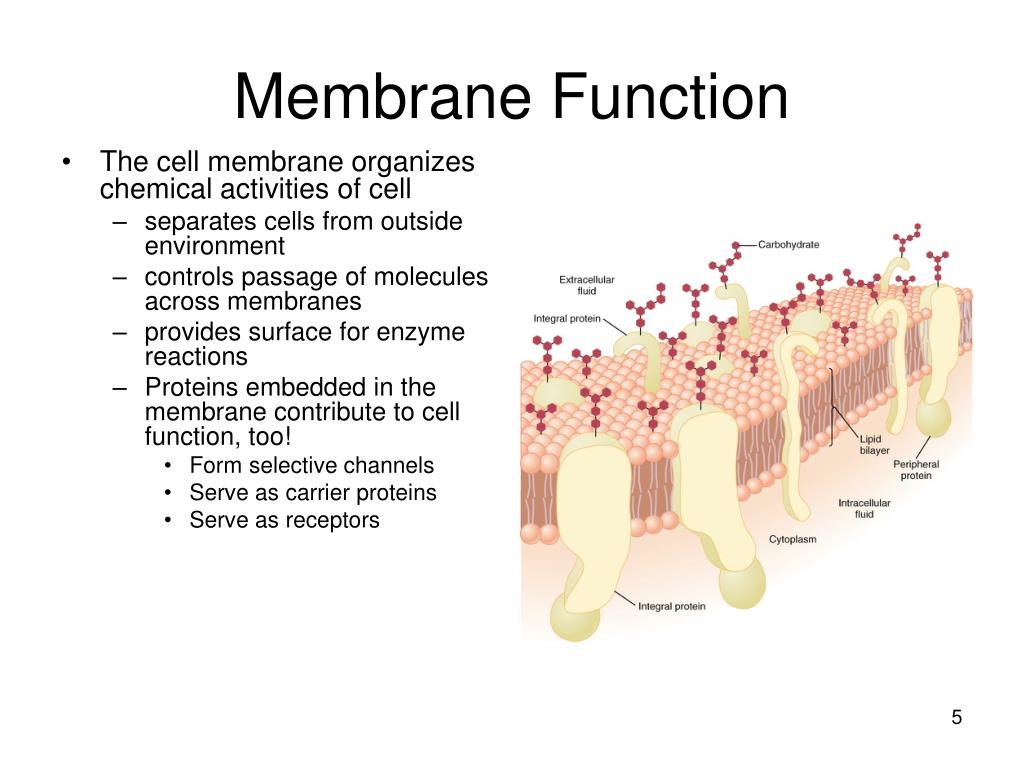
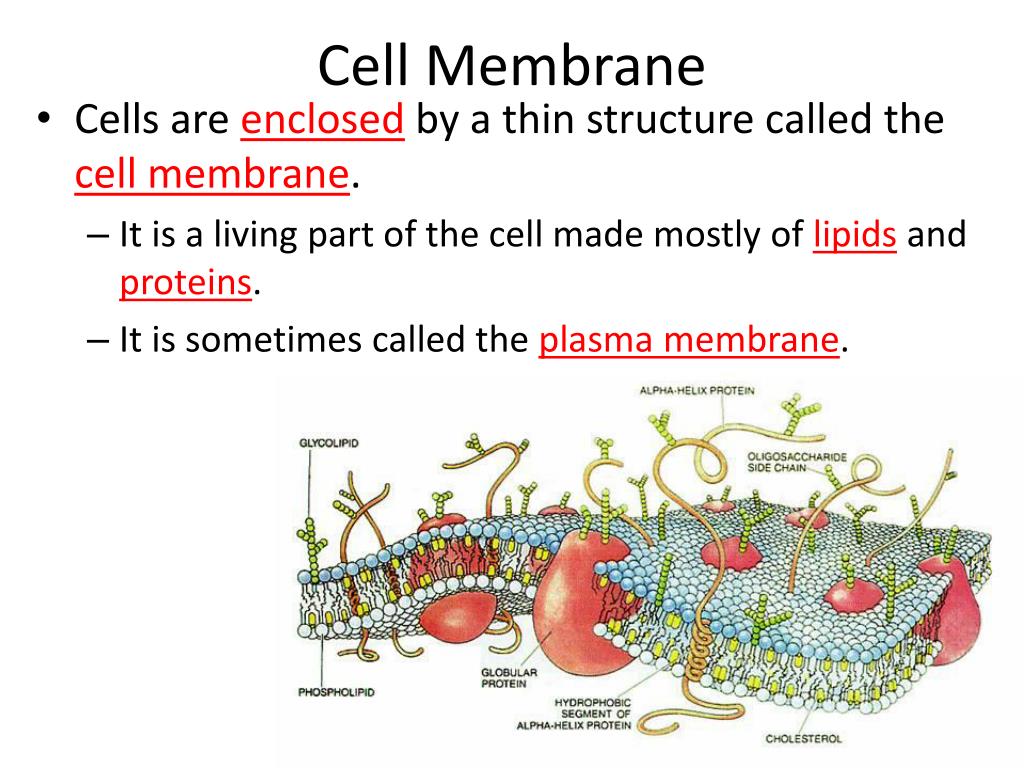
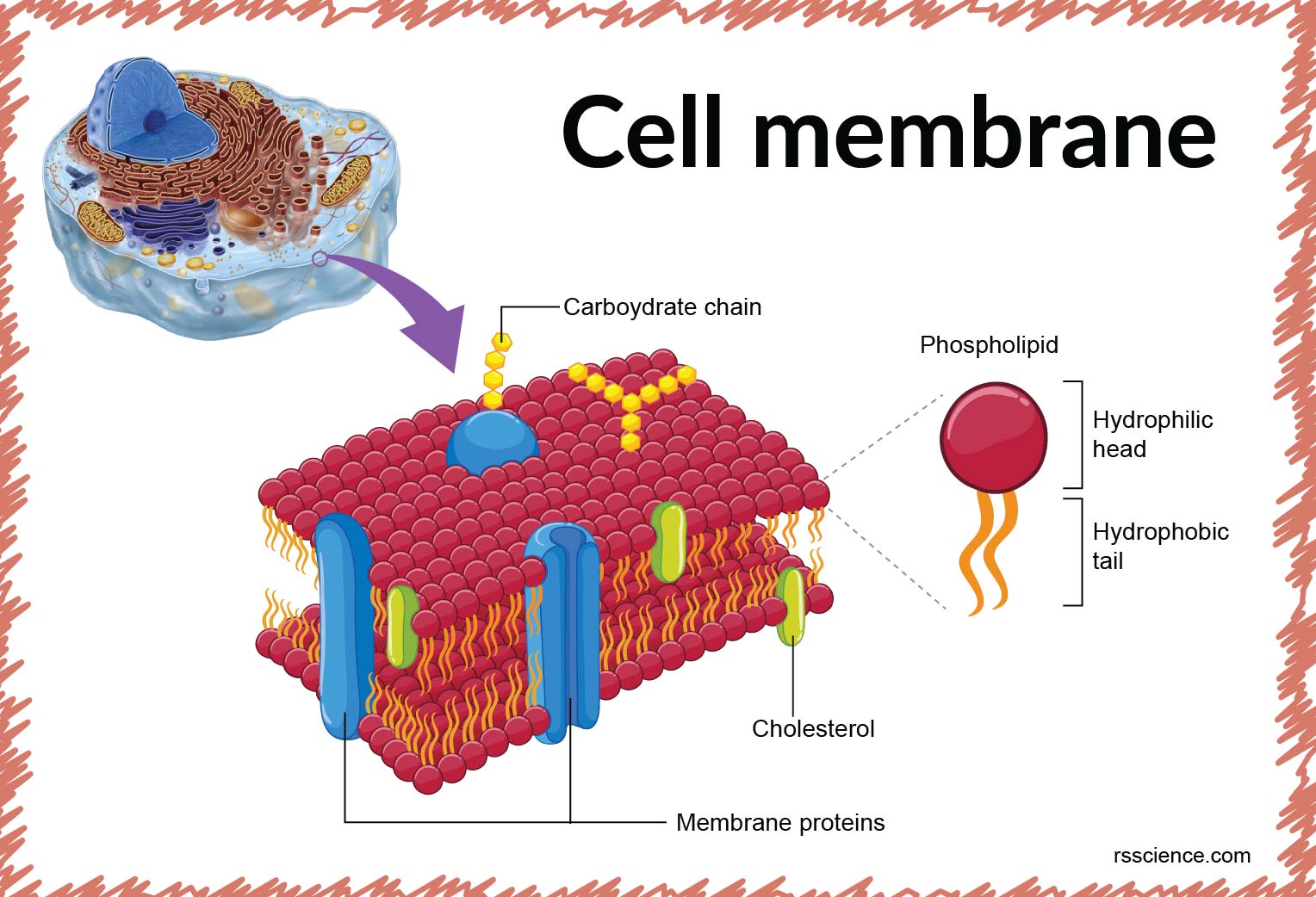
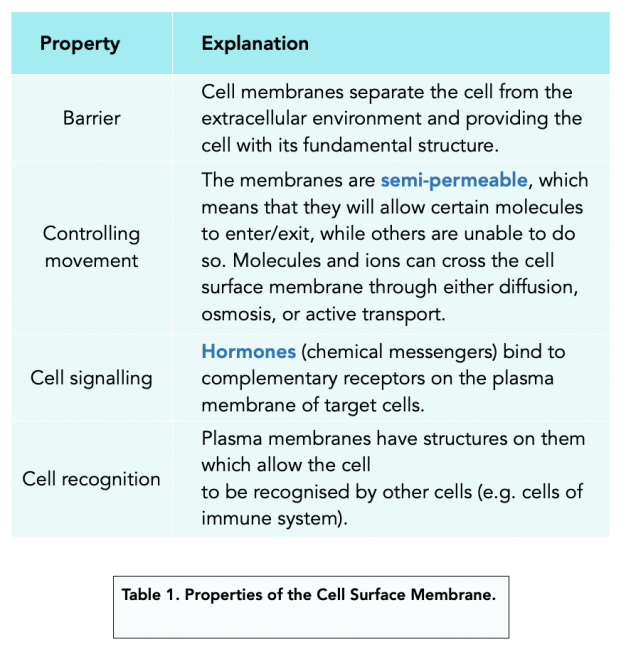
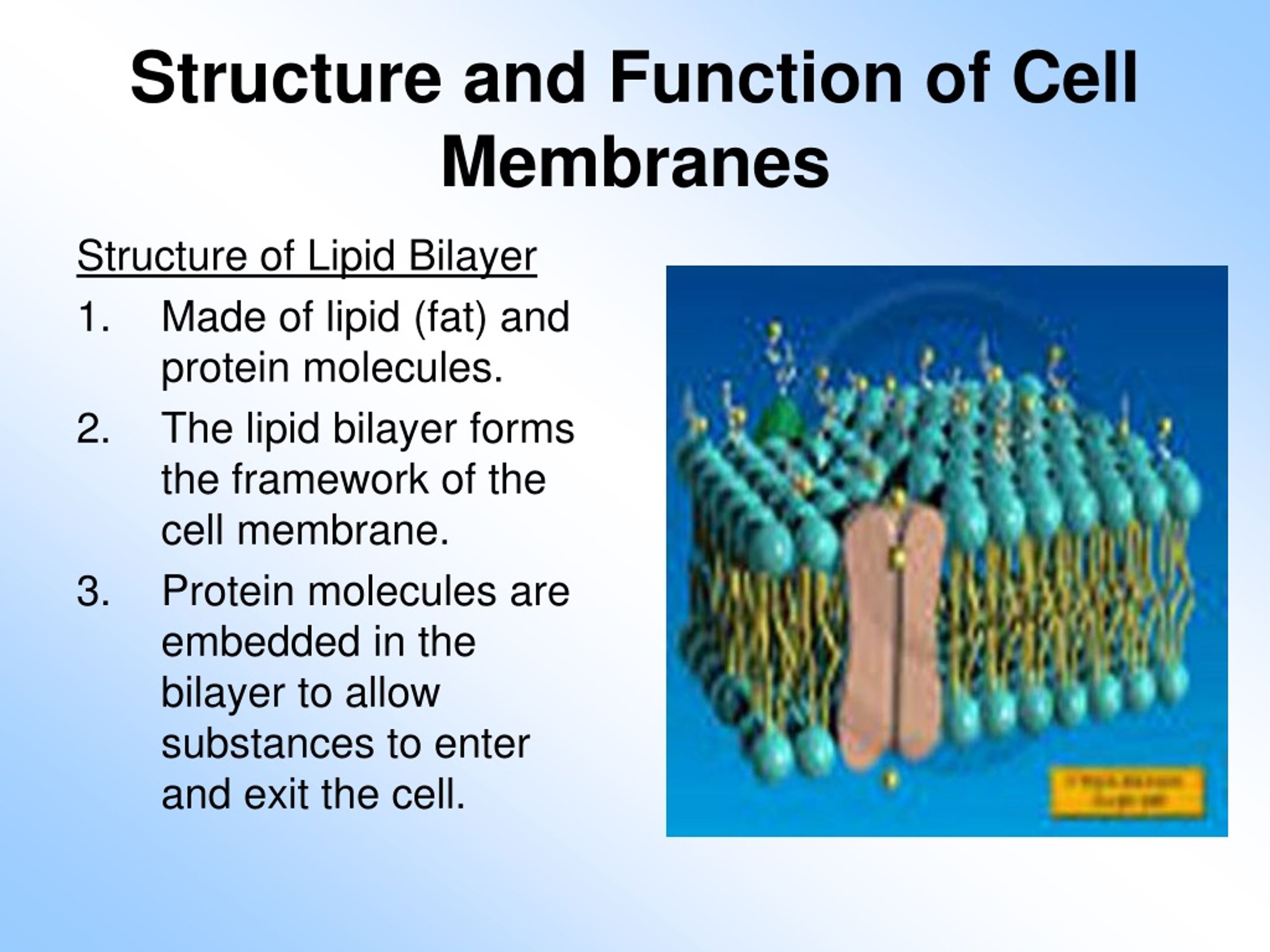
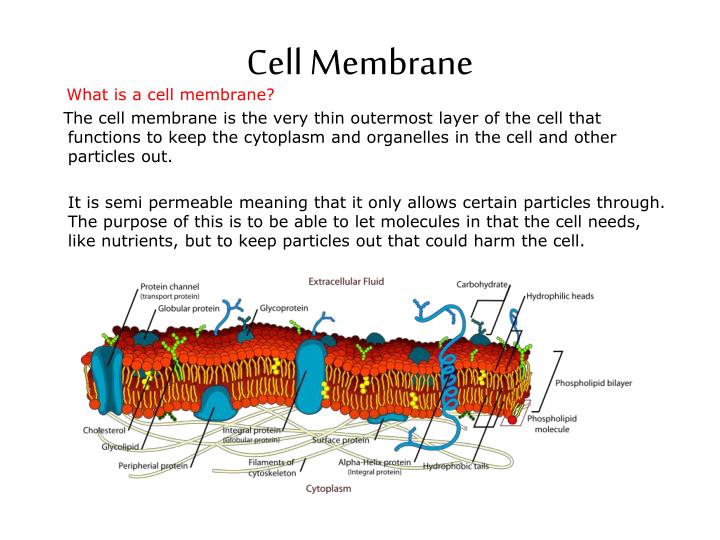

:max_bytes(150000):strip_icc()/cell-membrane-373364_final-5b5f300546e0fb008271ce52.png)
.PNG)
